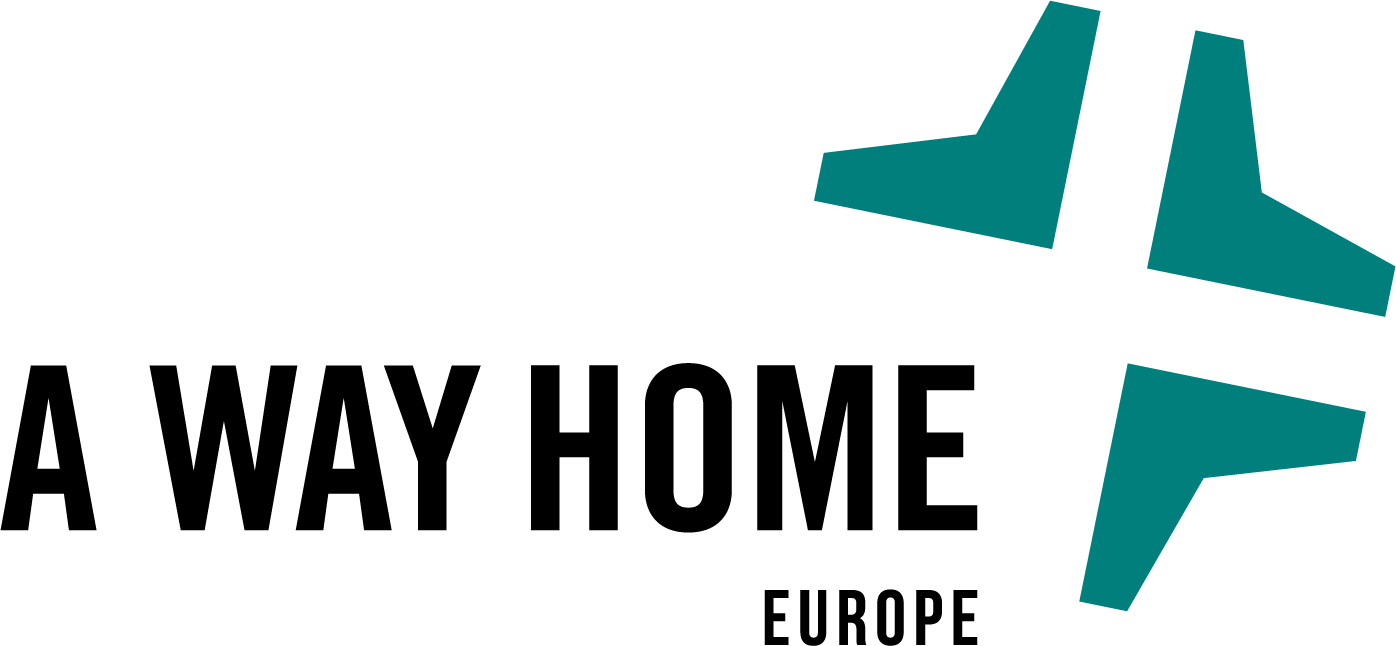Toolbox
This toolbox contains a range of different methods to prepare young people on their transition from out-of-home care. The tools are searched for internationally, so not all of them are available in English. The general information that you can find in this document is written in English, but the links might be in other languages. This collection is not exhaustive, we provide these methods to inspire professionals in their workplace and to support their work with young people.
At the end we provide a few methods that focus on housing. Since the project aimed at methods that could be applied within one year’s time, the main focus is not on housing. Though, research shows that when young people are provided with housing support and guidance in this situation, outcomes for their life, living interdependently, tend to be better.
Selection
The toolbox is a selection of methods and tools that can support the young person and the aftercare worker in the process of leaving care. The tools and methods were selected on the basis of the following criteria:
- Evidence informed: the tools are presently used in out of home care
- Connecting the young person to a service or people outside youth care (adult care, a network, education, …)
- Aimed at enhancing the preparation and planning of the care leaving
Some important things to consider before using the toolbox
- A method can support aftercare workers, but methods should be embedded in an aftercare policy that is supported by the whole organisation. The policy framework and six guidelines can help organisations to develop such a policy (insert link)
- Call for an eclectic practice: Many youngsters do not wish to be guided by ‘one method’. They believe it is important that a case worker can choose between and be creative with methods. Combining methods and insights and not being afraid to switch, is what the youngsters ask of the case workers. Choosing a method should start with questioning what the youngster needs.
Strengths model of Rapp and Goscha
The toolbox builds further on the strengths model of Rapp and Goscha introduced in the Policy Framework. The six elements of this model are:
- Aspirations: this targets the dreams and goals a youngster has for themselves, (cultivating) a growth achieving mind-set… Tools working on this aspect are Vertrektraining, FGC, KR8!, YAR
- Resources: these point to the rather practical resources a youngster has, e.g. money and possessions… Tools working on this aspect are KR8!
- Competencies: the competencies a person possesses and the awareness about them. Having certain competencies, has to go alongside being able to use them… Tools working on this aspect are Vertrektraining, KR8!
- Confidence: seeing yourself as capable, self-worth, persistence towards goal achieving, non-self-blaming…
- Opportunities: seeing opportunities, in people and occasions, having choices…
- Social relations: contact and access to people, being able to count on personal network… Tools working on this aspect are Vertrektraining, FGC, KR8!, YAR, Support groups, PTP, CTI
